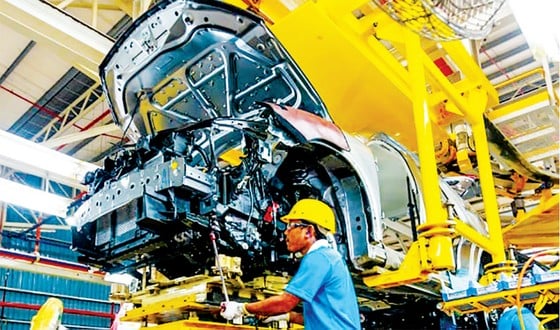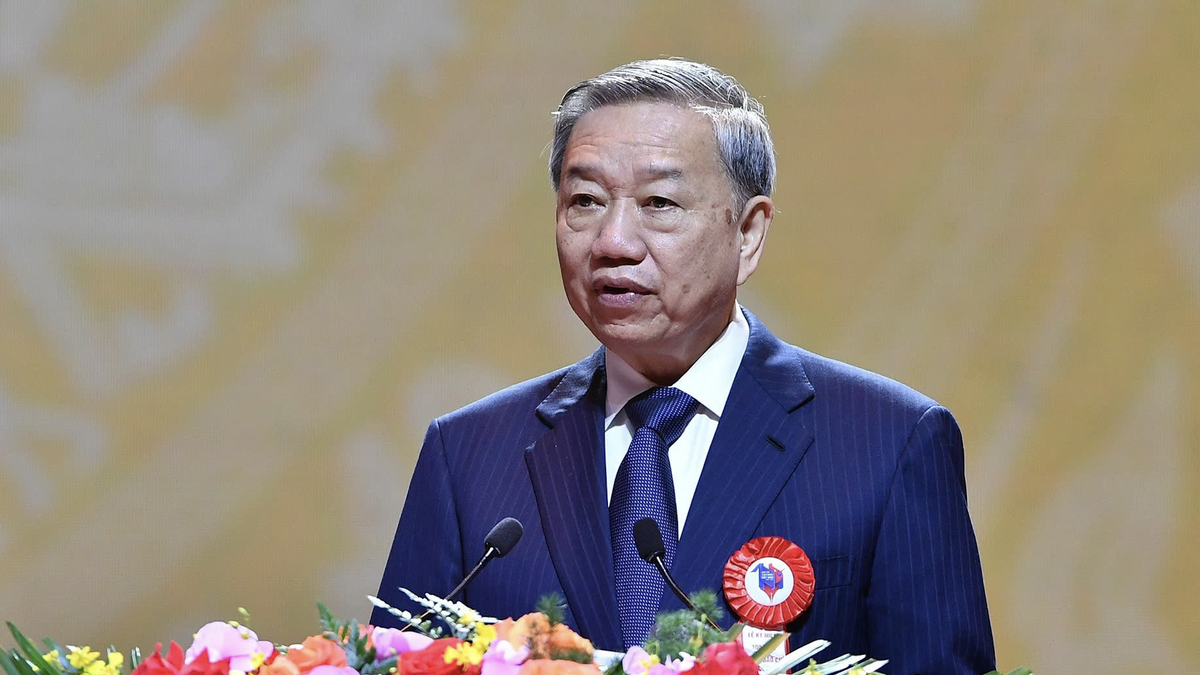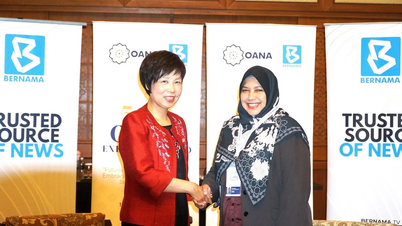SGGP
Many Southeast Asian countries are becoming attractive investment destinations, including Malaysia. To catch up with the opportunity to attract international FDI, the Malaysian Government is accelerating the completion of a comprehensive ecosystem, aiming to develop high-quality industries.
The World Competitiveness Report 2023 shows that Malaysia has jumped five places to 27th place in the ranking of the world's most competitive economies . According to the report, Malaysia's improvement in the ranking is mainly supported by economic recovery, investment growth and bright spots in exchange rate stability and the job market. Malaysia's areas of strength include pricing, basic infrastructure and tax policy.
BMI, a research arm of credit rating agency Fitch Group, assessed that Malaysia grew by 5.6% in the first quarter of 2023, higher than the expectation of 4.8%. However, the growth rate in the first quarter of 2023 was lower than the figure of 7.1% in the same period in 2022. Therefore, the wave of international investors shifting from China to Southeast Asia has brought many favorable opportunities for Malaysia's economic recovery.
 |
Car production line in Malaysia |
To support Malaysia’s new economic development plan, the New Industrial Master Plan 2030 (NIMP 2030) was launched, with the aim of achieving the set goals over the next 10 years, including becoming one of the leading economies in Asia, one of the world’s 30 largest economies and among the top 12 countries in terms of global competitiveness. Accordingly, NIMP 2030 will create more jobs, with higher wages for workers, opening up more opportunities to access new markets for domestic manufacturers.
NIMP 2030 is a comprehensive framework, comprising strategies, priorities and implementation plans to transform Malaysia’s industrial sector. The plan involves contributions from various ministries, agencies and stakeholders to enhance the position of Malaysian industry in the global value chain. The National Council for NIMP 2030 is responsible for strategic direction, monitoring, coordination and implementation of the action plan; a Delivery Management Unit (DMU) will be established under MITI to coordinate related administrative matters, as well as monitor and evaluate the implementation of NIMP 2030.
According to the Malaysian government’s forecast, the NIMP 2030 will boost economic growth, especially in the manufacturing sector. By 2030, the NIMP 2030 is expected to contribute RM587.5 billion (US$125 billion) to the country’s gross domestic product. This forecast is based on a 6.5% growth rate in the manufacturing sector, which includes contributions from the electrical and electronics, chemicals, electric vehicles, aerospace, pharmaceuticals, medical devices and advanced materials sectors.
NIMP 2030 places special emphasis on the development of Malaysian small and medium enterprises (SMEs) in the global value chain, thereby providing more jobs with higher incomes for the people. Total employment in the manufacturing sector is also expected to increase to 3.3 million by 2030. This figure is based on calculations of the increase in high-value manufacturing activities, the development of new industries as well as the increased application of automation and digitalization in the manufacturing sector.
Source



























































![[Maritime News] Wan Hai Lines invests $150 million to buy 48,000 containers](https://vphoto.vietnam.vn/thumb/402x226/vietnam/resource/IMAGE/2025/6/20/c945a62aff624b4bb5c25e67e9bcc1cb)











































Comment (0)